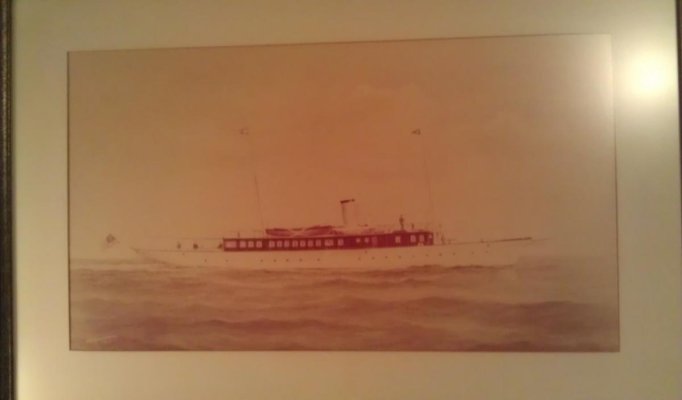sunchaser
Guru
- Joined
- Apr 9, 2008
- Messages
- 10,196
- Location
- usa
- Vessel Name
- sunchaser V
- Vessel Make
- DeFever 48 (sold)
SomeSailor said:
"It would be very easy to build a hybrid boat these days (especially a trawler)."
"It would be very easy to build a hybrid boat these days (especially a trawler)."
- Yes, but why?
- Who would buy it?
- It would be less energy efficient than a diesel with a gearbox unless - you equipped it with a large solar array, cruised nearer the equator and had corporate/government support.

